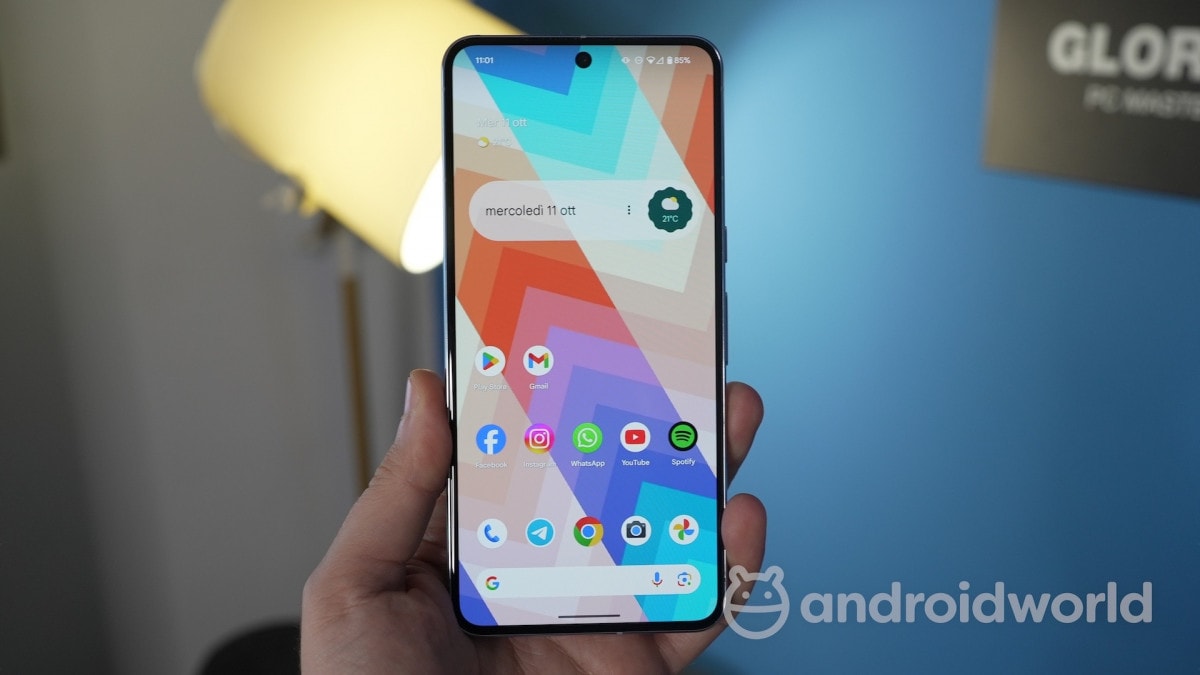
samsung could still do its own thing” title=”There will only be one way to update Android phones, but Samsung could still do its own thing”>
In the varied world of Android updatesthere is a soap opera that has been going on for years, and which is giving us a new episode: the conflict between Google and Samsung on Seamless Update (by the way, do you know how to update your Android phone to the latest version?).
In fact, GrandeG has been pushing for them for some time A/B updatesbut this system doesn’t like itthe giant of Seoul, which did not adopt it even with the latest Galaxy S24. And the situation could continue even if, as it seems, Google removes support for non-A/B updates.

For those who are getting lost among these technicalities, for some time Android supports them A/B updatesalso called Seamless Update as they allow you to use your phone during a software update.
For example, when a phone starts the process of update, start downloading the files first, then your device will start installing the update in background while you are still using the phone, without interrupting yourself.
This is possible because they are used two identical partitions, one (A) is used by the user and the other (B) is used by the Android update management tool. Once the phone has been updated, yes restart and updates are moved to partition A within seconds.
There are two advantages of this solution. The first is that you can use the phone during the update, while in the past the part of installing the update it required rebooting and not being able to use the device for a certain period, and the second is that so if something goes wrong the phone can always roll back to a previous update.
Obviously also with the Seamless Update there is a reboot, but it’s a matter of seconds, not minutes, and practically all Android manufacturers have adopted this solution.
Samsung but she always opposed it. Why? Because if this system has the advantage of allowing you to use the telephone during installation of the update, it is also true that the process itself is slower, as it can take 20 to 30 minutes, compared to 5-15 minutes for a non-A/B update.
Furthermore with i Seamless Update after restarting it takes a few minutes “optimization”.
Then there is another question. Shortly after the introduction of the Seamless Update, more memory than necessary was used, and perhaps this is why Samsung never adopted the system. Now this problem is solved, and over the years Google is increasingly pushing for the adoption of the system, which has been even faster since last year, but Samsung doesn’t want to hear about it.
Now, as we were saying, a new chapter has been added to the story. As discovered by Mishall Rahmanin the code AOSP a new one has been added comment which suggests how Android will no longer officially support the non-A/B updates.
So end of story? Unfortunately no. As Rahman points out, Samsung could still technically avoid using Seamless Updates, as it could develop its own update mechanism for its devices, or simply modify Google’s news in the affected Android versions.
The only way for Google to actually force Samsung to use the A/B updates it would be to apply it in the compatibility requirements of Android or through licensing agreements GMS for Google apps.
The company had already tried to do this with Android 13, but ultimately gave up, which led Samsung to continue on its path.
Now the ball is in Samsung’s court, but we have little hope that there will be a change of direction.



